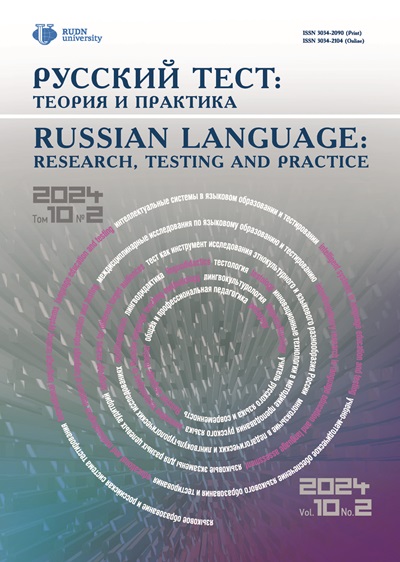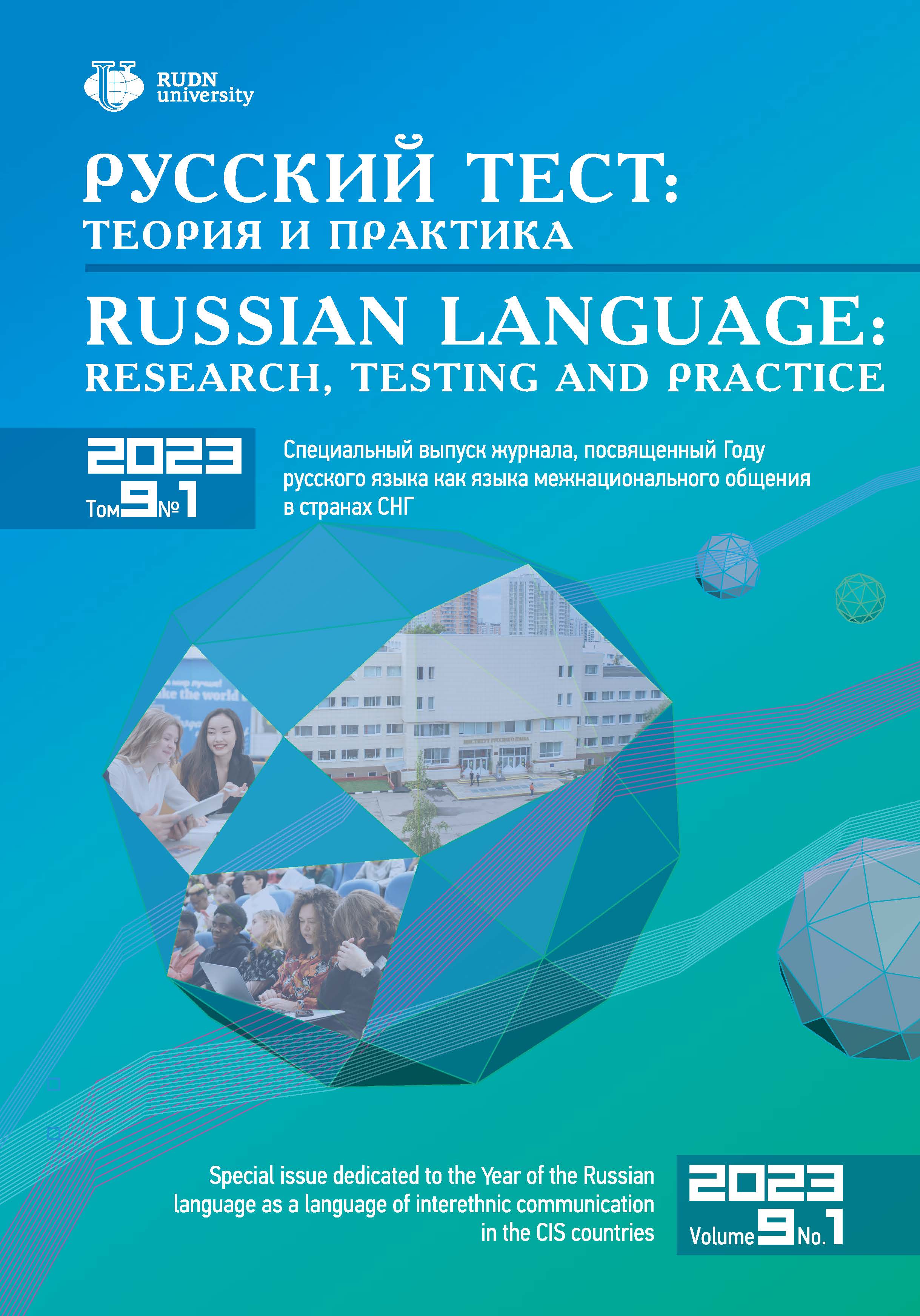Abstract
The topic of this study is at the intersection of philology, semiotics, hermeneutics and philosophy and has a rich research history for each of these areas. At the same time, none of these spheres of knowledge has a more or less unambiguous theory of a proper name that could satisfy the requirements of consistency and not conflict with the provisions of other hypotheses put forward by researchers of different eras and scientific fields. This state of affairs shows the need to use a transdisciplinary approach to the problem of studying the nomen proprium phenomenon and a possible methodology for its modeling. The transdisciplinary model of a proper name is implemented in this article based on the Mirology (according to V.I. Moiseev) as a type of knowledge in which all private knowledge about a nomen proprium, accumulated by the history of its research, is considered as part of integral knowledge. The nomen proprium modeling is suggested to be one of the aspects of the world-like system of the linguistic, socalled World of the Word, the essence of which are meaning (connotation), anthropo (humanness) and intentionality. On these grounds and by the natural laws of the implementation of the main types of speech activity (biological and physiological aspect), the existence of the word as the return of its meaning (psycho-cognitive aspect) and the word’s variability (communicative-pragmatic aspect) the author propose the transdisciplinary nomen proprium model. This model allows us to consider a proper name in the broad sense of its symbolic essence as a text, discourse and communication. Such an integral structure permits us to identify new directions in the nomen proprium phenomenon description and to present a comprehensive interpretation of already available in various scientific fields data.









